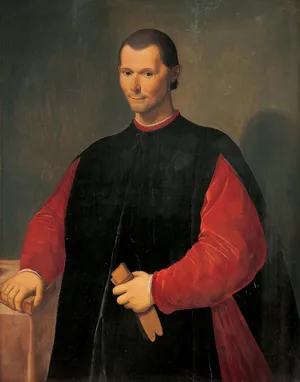In an increasingly connected world, no nation can stand completely alone. Challenges such as climate change, war, pandemics, and global trade require countries to collaborate, communicate, and coordinate on an international scale.
This is where international organizations and global summits come in — acting as the backbone of global cooperation, diplomacy, and decision-making. These institutions provide a platform for dialogue, help prevent conflicts, and ensure that nations work together for peace, development, and stability.
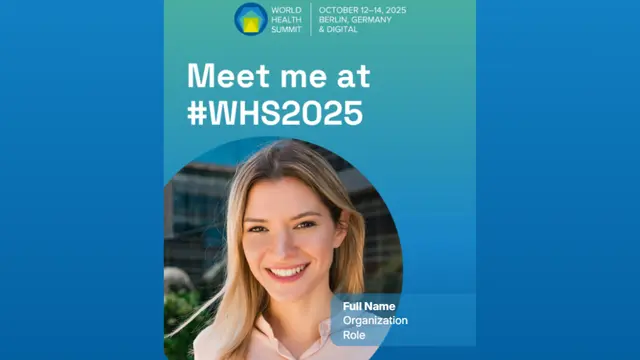
🏛️ What Are International Organizations?
They operate based on shared goals — such as economic growth, health, environment, or human rights. Some focus on specific regions (like ASEAN or the EU), while others have global reach (like the UN or WHO).
“When nations unite for a shared purpose, global progress becomes possible.”
🌍 1. The United Nations (UN): Guardian of Global Peace
Founded in 1945, after the horrors of World War II, the United Nations (UN) is the world’s most powerful international organization. It includes 193 member countries and works to maintain peace, security, and human rights.
🔹 Key Organs of the UN:
- UN General Assembly: All member nations meet to discuss global issues.
- UN Security Council: Handles international conflicts and peacekeeping missions.
- WHO (World Health Organization): Focuses on global health.
- UNICEF: Supports children’s rights and education.
- UNESCO: Promotes education, science, and cultural heritage.
🌏 Impact Example:
UN peacekeepers have helped stabilize war-torn regions like Sudan, Congo, and Lebanon. The UN also leads efforts to combat climate change through the COP Summits (Conference of the Parties).
💰 2. The World Bank & International Monetary Fund (IMF): Driving Global Economics
- The World Bank provides long-term loans and development aid to countries for infrastructure, education, and poverty reduction.
- The IMF helps stabilize economies by providing short-term financial support and monitoring global economic health.
🌐 Impact Example:
During the COVID-19 pandemic, the IMF and World Bank provided billions in aid to help struggling nations stabilize their economies.
⚙️ 3. The World Trade Organization (WTO): Ensuring Fair Trade
The WTO, established in 1995, regulates global trade rules to ensure free and fair competition among countries.
It helps resolve trade disputes, reduce tariffs, and open markets — promoting economic cooperation rather than conflict.
🌏 Impact Example:
The WTO has mediated trade disputes between the US and China, and encouraged developing countries to access global markets more easily.
🕊️ 4. NATO: The Alliance for Collective Security
The North Atlantic Treaty Organization (NATO) was founded in 1949 as a defense alliance between North America and Europe. Its purpose is simple:
“An attack on one member is an attack on all.”
NATO has been a key force in maintaining security, counterterrorism, and humanitarian missions worldwide.
🌍 Recent Example:
NATO’s involvement in Eastern Europe and its support for Ukraine have become defining elements of 21st-century diplomacy.
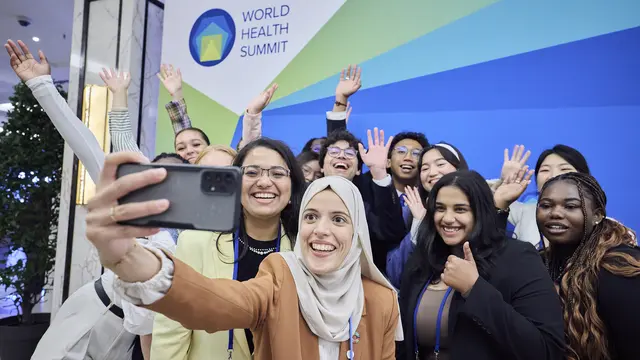
🌱 5. World Health Organization (WHO): Global Health in Action
The WHO, founded in 1948, is responsible for improving healthcare standards worldwide.
It coordinates efforts to fight pandemics, diseases, and public health crises.
🌍 Major Contributions:
- Eradication of smallpox
- Global response to COVID-19
- Health education and vaccination campaigns
The WHO represents how health has no borders — and cooperation saves lives.
💬 6. Regional Organizations: Strength in Unity
While global organizations unite the world, regional organizations bring neighboring nations together for shared progress.
🔹 European Union (EU)
A political and economic union of 27 European nations promoting free trade, open borders, and collective governance.
🔹 ASEAN (Association of Southeast Asian Nations)
Promotes peace, trade, and cultural exchange among countries in Southeast Asia.
🔹 African Union (AU)
Encourages economic growth and political stability across the African continent.
🔹 Gulf Cooperation Council (GCC)
An alliance of Arab Gulf states focusing on trade, defense, and regional unity.
These groups show that cooperation works best when nations understand local needs and shared interests.
🌎 7. Global Summits: Where Decisions Change the World
Global summits are international meetings where leaders, ministers, and experts come together to discuss urgent world issues.
🔹 G7 Summit
A group of the world’s 7 largest economies (like the US, UK, Japan, and Germany) discussing trade, security, and climate.
🔹 G20 Summit
Includes both developed and developing nations, representing 80% of the world’s economy — focusing on global finance, technology, and policy.
🔹 COP (Climate) Summits
Held yearly under the UN framework to tackle climate change — setting emission targets and green policies.
🔹 World Economic Forum (Davos)
A meeting of global leaders, CEOs, and economists to discuss future trends and innovation.
“Global summits turn dialogue into decisions — and decisions into change.”
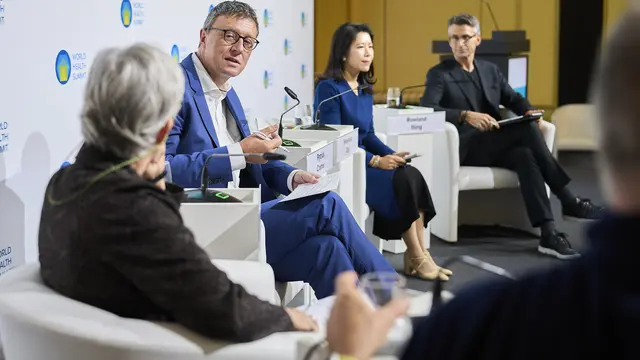
🔮 8. The Future of Global Cooperation
- Digital diplomacy will replace traditional meetings with online collaborations.
- Youth participation will increase through international youth forums.
- Private sector partnerships will play a bigger role in solving global problems.
Future cooperation will be faster, more inclusive, and more transparent — driven by innovation and global awareness.
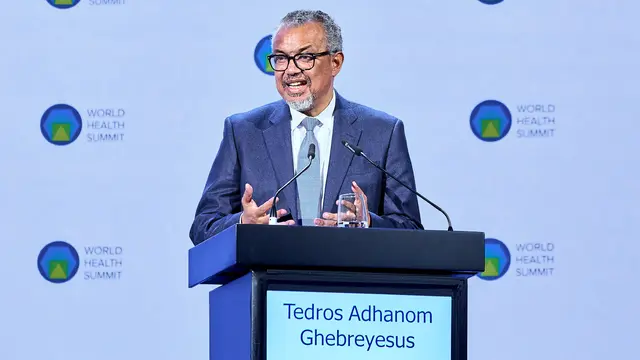
💬 Conclusion: United for a Shared Tomorrow
International organizations and summits are the pillars of global peace and progress. They remind us that in a world divided by politics and power, cooperation remains the greatest strength.
Every global challenge — from wars to health crises — demands unity. Whether it’s a UN meeting or a G20 summit, the ultimate goal remains the same:
“Building a safer, fairer, and more sustainable world — together.”
